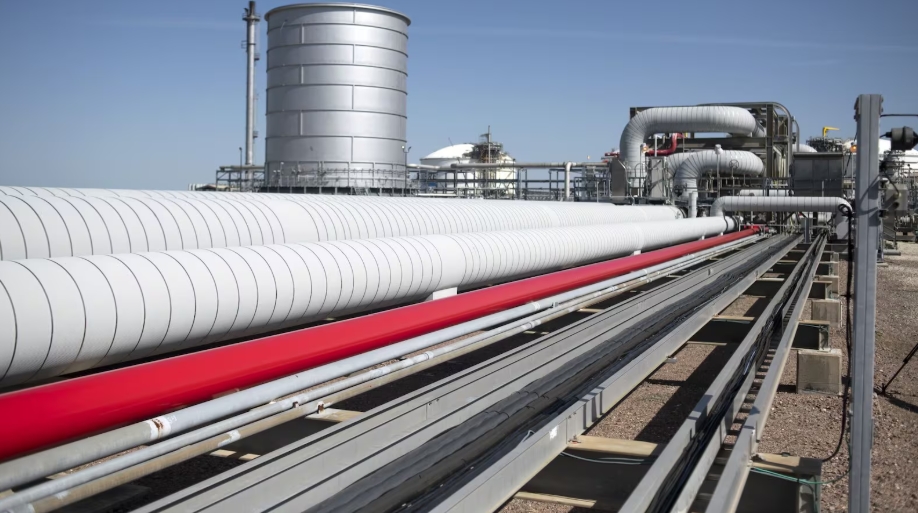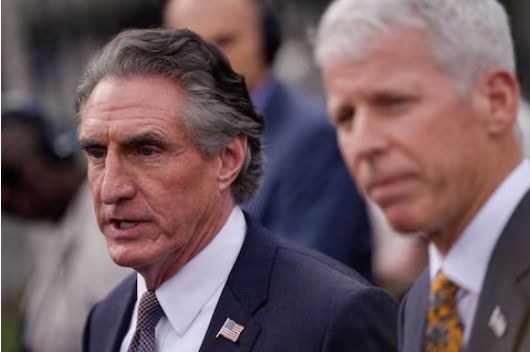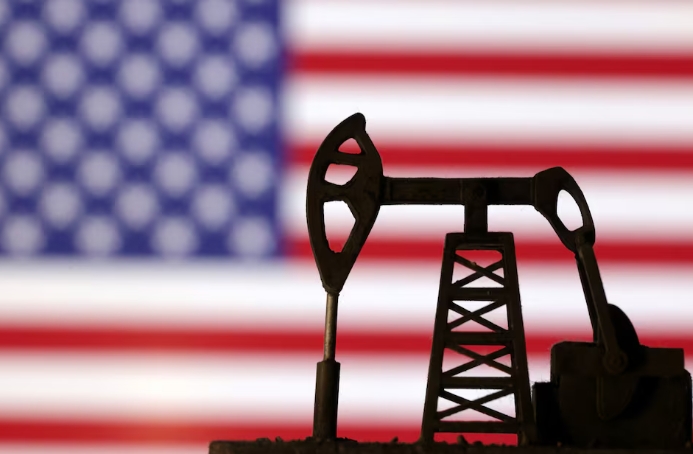
“Vietnam advocates promoting trade in a harmonious and sustainable manner with the US,” Deputy Minister of Foreign Affairs Do Hung Viet told a Hanoi business summit as he announced plans to purchase more big ticket US items including security equipment or AI chips.
President-elect Donald Trump’s threat of a universal tariff is one of the biggest uncertainties facing Vietnam’s economy. President Luong Cuong warned of the dangers of a world with higher tariffs earlier this month, telling APEC leaders in Peru that “trade wars lead only to recession, conflict and poverty.”
While Vietnam waits to see what measures it might face, Trump delivered his first specific threats on Monday, saying he would impose additional 10% tariffs on goods from China and 25% tariffs on all products from Mexico and Canada.
“The proposed tariffs are a very real possibility and government and business in Vietnam and around the world should prepare themselves,” said John Goyer, the US Chamber of Commerce’s executive director for Southeast Asia.
Prime Minister Pham Minh Chinh, who also spoke at the US-Vietnam Business Summit, said his country needs to remain close to the US, its biggest export market.
Chinh reiterated Vietnam’s call for the US to classify Vietnam as a market economy. The Biden administration in August rejected Vietnam’s request to change its status, a setback for the country’s efforts to boost exports to the US.
Vietnam’s good relationship with the US “should be translated into specific actions,” he said. “We need to remove all remaining obstacles.”
The nation has emerged as an electronics manufacturing powerhouse after getting a boost from the U.S.-China trade war during Trump’s first administration. Apple Inc. suppliers and other global brands have raced to set up factories in the Southeast Asian country in recent years, following Samsung Electronics Co. and Intel Corp.
Key export sectors are already weighing alternatives. Vietnam’s garment industry said it’s looking to diversify its export markets, products, and clients as it waits to see what happens with tariffs.
“Ultimately, it’s hard to see how new US tariffs applied broadly and implemented without careful consideration of specific trade distortions, how that would not undermine the global trading system,” Goyer said.







